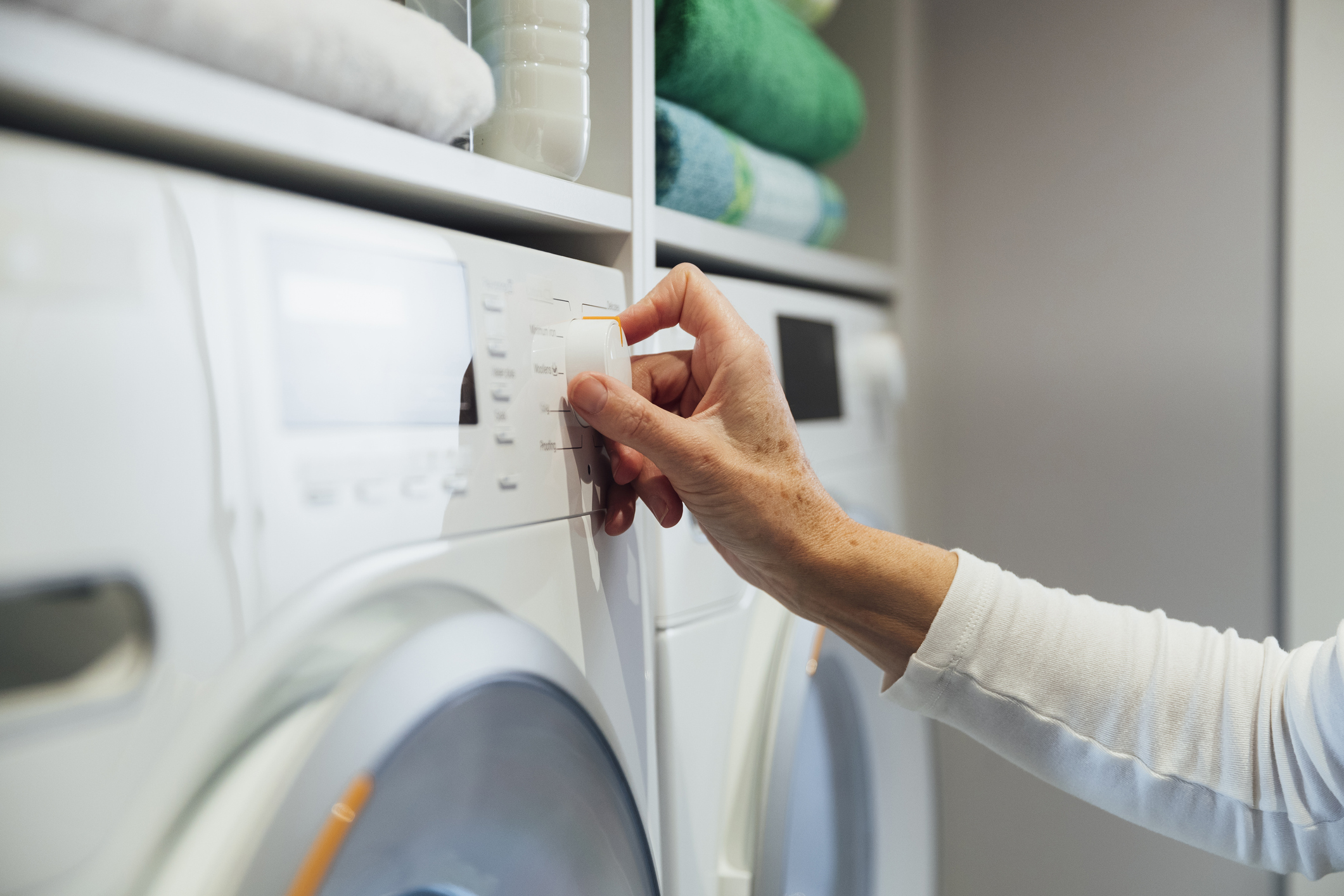
Under the Biden administration, the Department of Energy (DOE) proposed a series of stricter energy standards on Friday that they said would update regulations for household appliances, and slash greenhouse gas emissions while saving Americans around $3.5 billion annually on utility bills.
It’s been more than a decade since the DOE has updated the regulations for refrigerators, washing machines, and other such appliances. Despite this, substantially more energy efficient models are available today. The proposed changes, which would go farther than current levels of energy efficiency, would ideally go into effect in 2027 and the department is hopeful that they’ll save consumers $60 billion over a 30-year period.
“With today’s proposals, we’re building on a decades-long effort with our industry partners to ensure tomorrow’s appliances work more efficiently and save Americans money,” U.S. Secretary of Energy Jennifer Granholm said.
The news comes after both the US Consumer Product Safety Commission and the DOE said they were considering how best to regulate gas stoves due to health, climate, and energy efficiency concerns.
Previous DOE regulations have kept up with energy efficiency technology, while allowing manufacturers flexibility to keep improving products. Today, a standard new refrigerator uses 75% less energy than one from 1973. The DOE has raised its efficiency standard for refrigerators three times in the past 40 years. The department said that the proposed rules, “will continue this trajectory of innovation and savings.”
Here’s what to know:
When will this impact people?
The new energy standards wouldn’t take into effect until 2027, or perhaps later, but the DOE is optimistic about both the environmental conservation and consumer cost reduction potential.
The department has estimated that over the next 30 years the proposed changes would reduce carbon emissions by 233 million metric tons—equivalent to a year’s worth of emissions from 29 million homes. The proposal builds on Biden’s clean-energy agenda to combat climate change. Despite conservative opposition against Biden’s increased regulation of household appliances, energy experts say that such standards are long overdue.
Read more: What the Potential Ban on Gas Stoves Means If You Have One
What’s the climate impact of household energy appliances?
Residential energy use accounts for about 20% of greenhouse gas emissions in the U.S., according to a 2020 study published in PNAS. The same study suggested that retrofitting energy systems would be a key part of meeting carbon emissions reduction goals. Products covered by the DOE’s regulations—like washers, dryers, refrigerators, and dishwashers— currently account for 5% of annual residential energy use.
Household appliances that use the least electricity and fewest kilowatts per hour like ovens, space heaters, and even refrigerators are the most efficient, according to All Energy Solar. Central air and heat can also be highly efficient, especially when buying products with high seasonal energy-efficiency ratio (SEER) ratings. Refrigerators that have the freezer on top and that opt out of water and ice dispensers are also typically more energy efficient. Induction stoves can be up to 10% more efficient than conventional electric stoves and three times more efficient than gas stoves.
Read more: The Best Stove for Your Health and the Environment
Under the DOE’s proposed changes, households that use new, up-to-code refrigerators and washing machines would save $425 on electric and water bills over the the appliances’ lifespan.The proposal is contingent on consumers buying new appliances or already having energy-efficient ones, rather than keeping old inefficient products for a long time.
Although energy efficient appliances can cost more up front, experts have long boasted that the major savings in utility costs and carbon emissions pay for themselves after a short period of initial investment.
How do the DOE’s standards compare with Energy Star?
Energy Star is a program run jointly by the Environmental Protection Agency and the DOE that certifies buildings and products which meet strong energy efficiency standards. The Energy Star logo pops up on all sorts of consumer products, from refrigerators, to washing machines and light bulbs.
Energy Star is a completely voluntary program that provides consumers with guidance on which products are the most energy efficient. The new rules proposed by the DOE, on the other hand, are regulations that would require strict standards for all household appliances. The Energy Department hasn’t given much information on what exactly those requirements would look like yet. The department is responsible for implementing minimum energy conservation standards on more than 60 categories of appliances and equipment.
What about appliance incentives under the Inflation Reduction Act?
The Inflation Reduction Act includes provisions to provide tax credits and rebates for certain energy efficient home improvements, such as heat pumps and solar panels, with the aim of making it more affordable for people to invest in clean, domestically-sourced renewable energy. Despite being a federally-funded program, it’s up to states to implement the climate-friendly appliance incentives, which are anticipated to be up and running later this year.
So far, there’s little information available about what product specifications will grant incentives, but households could receive as much as $14,000 in rebates, according to some estimates. Like Energy Star, the Inflation Reduction Act’s incentives are voluntary and rely on consumers to take initiative.
More Must-Reads from TIME
- Cybersecurity Experts Are Sounding the Alarm on DOGE
- Meet the 2025 Women of the Year
- The Harsh Truth About Disability Inclusion
- Why Do More Young Adults Have Cancer?
- Colman Domingo Leads With Radical Love
- How to Get Better at Doing Things Alone
- Michelle Zauner Stares Down the Darkness
Contact us at letters@time.com